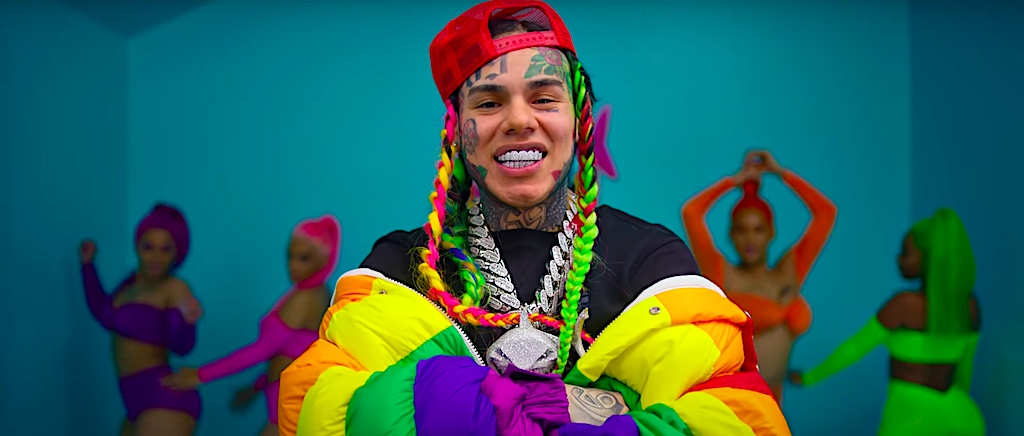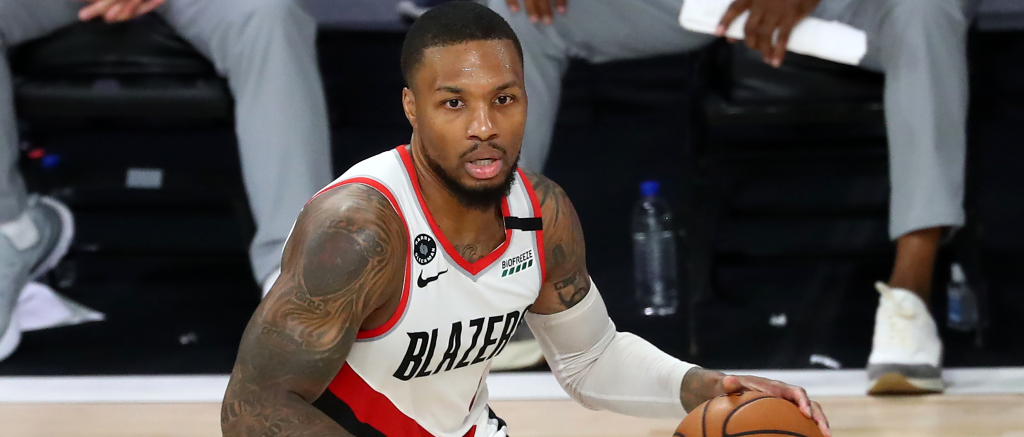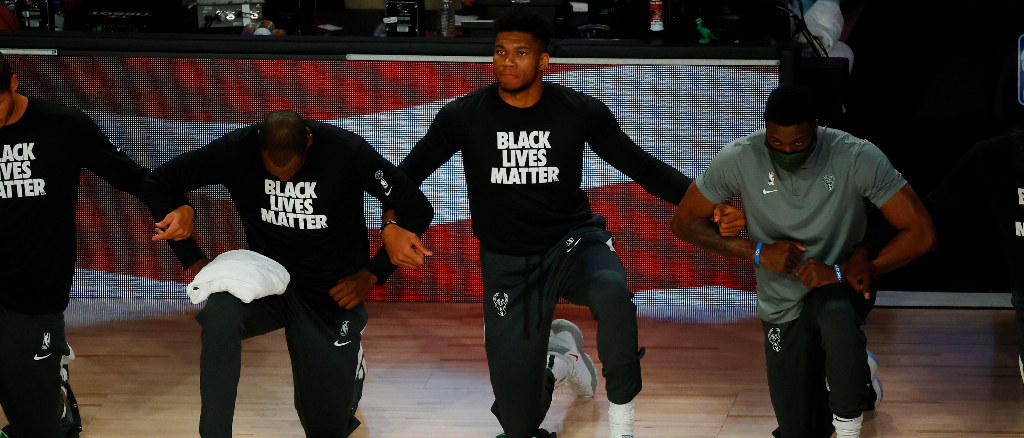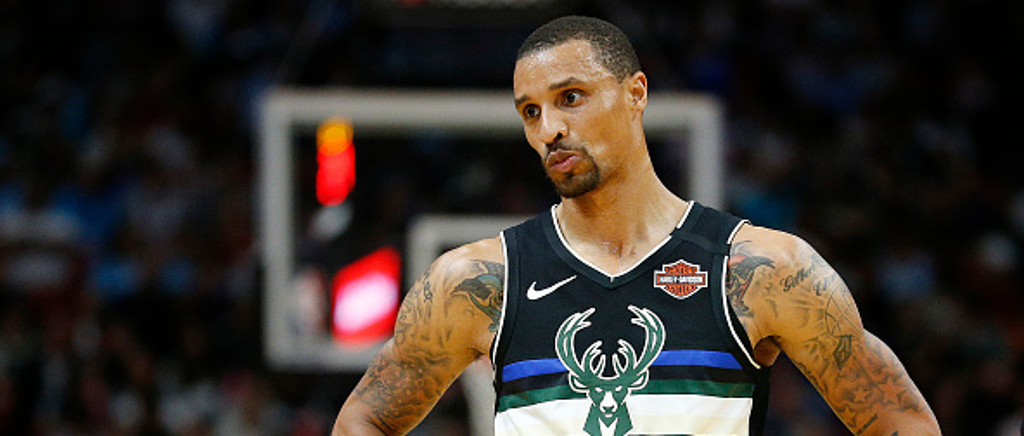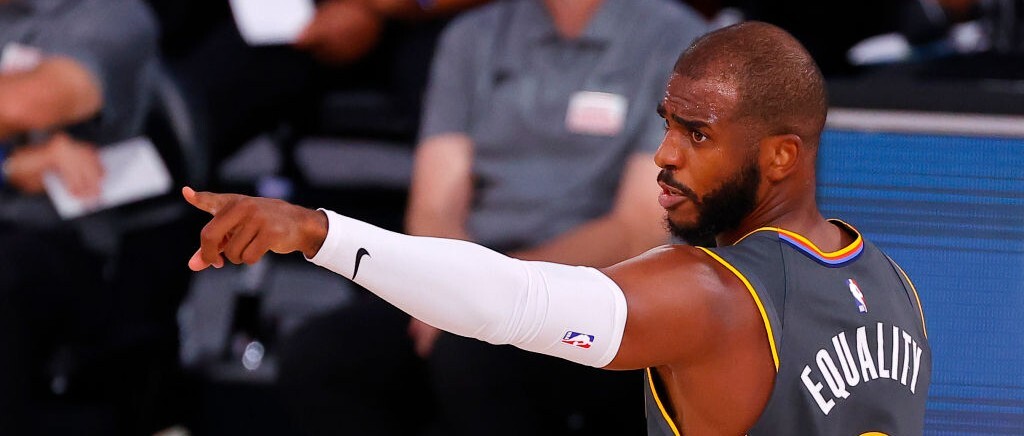While the RNC poured sugar on America on Wednesday night, The Daily Show host Trevor Noah joined the NBA in calling for change for what’s truly happening in the U.S. In doing so, Noah compared the Kenosha police shooting of Jacob Blake (who was left paralyzed after being shot seven times in the back) to the treatment of Kyle Rittenhouse. The latter is a white, 17-year-old vigilante who opened fire on Black Lives Matter protesters (killing two of them) with a semi-automatic rifle. He has since been charged with first-degree intentional homicide. However, he was apprehended by police in a very different manner than Blake, and Noah wants to call attention to this discrepancy.
It’s a heated subject, made even worse by Tucker Carlson eclipsing himself while defending Rittenhouse, with people calling for his Fox News firing as a result. Whereas Noah calls BS on Rittenhouse and his militia buddies for driving to Kenosha to “protect a business” when, really, they must have had other, more violent designs.
I don’t think I’ve ever disagreed with anything Trevor Noah has ever said. pic.twitter.com/3bGML12s1s
— 𓂀 Mikah AKA Mike Baggz (@MikeBaggz) August 27, 2020
“Let me tell you something. Nobody drives into a city with guns because they love someone else’s business that much. That’s some bullshit,” Noah argued. “No one has ever thought, ‘Oh, it’s my solemn duty to pick up a rifle and protect that T.J. Maxx.’ They do it because they’re hoping to shoot someone.”
Noah asks why the unarmed Blake was shot while exiting his vehicle, yet Rittenhouse was peacefully taken into custody after clearly committing an act of violence:
“And while what happened with those shootings last night is tragic, what happened afterwards was illuminating. It really made me wonder why some people get shot seven times in the back, while other people are treated like human beings and reasoned with and taken into custody with no bullets in their bodies.”
Noah further wondered why “warning shots” don’t seem to be a thing, since police brutality incidents appear to escalate from demands to deadly force. “Are we really meant to believe that the only two options a cop has is do nothing or shoot somebody in the back seven times?” he wondered. You can watch the full The Daily Show segment below, but in other Trevor Noah news, he’s spoofing Donald Trump’s 1990s New York Times pro-death-penalty ad about the Central Park Five again. Enjoy this faux-lawyer ad for “Trevor Noah & Associates & Sons Presidential Attorneys.”
The best ad in today’s print NYT. From @Trevornoah and @TheDailyShow.
pic.twitter.com/KrZCkDFdTF
— Sree Sreenivasan (@sree) August 27, 2020


